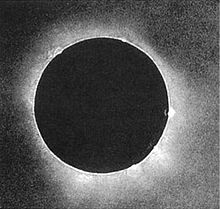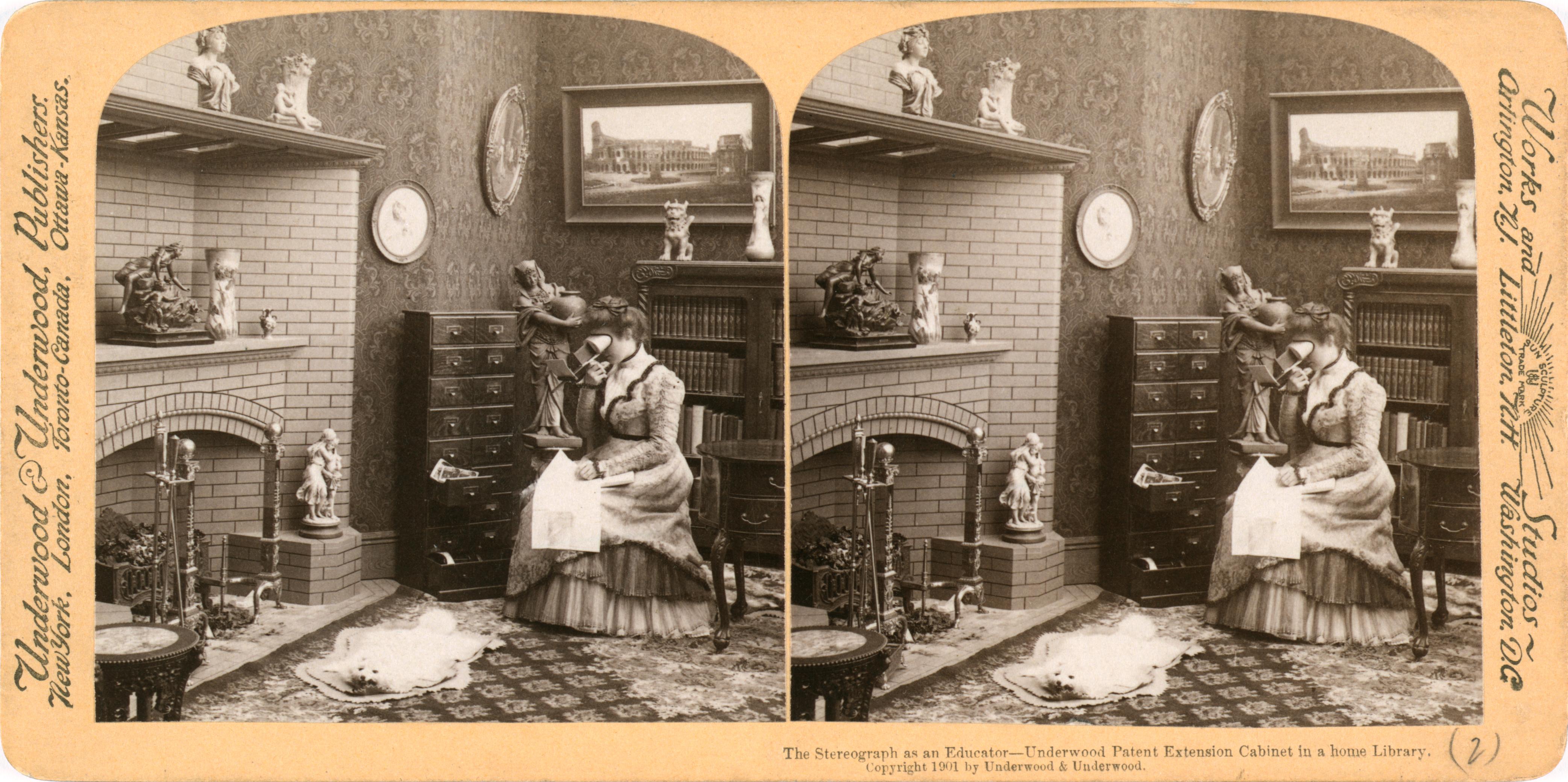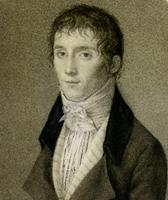The
Daguerreotype:
The daguerreotype
was the first successful photographic process. The surface resembled anything
the camera was pointed at. The plate kind of resembles a printing sheet. A
daguerreotype is made of a silvered copper plate, which the image is on, and a
housing of some sort to protect the plate. They were introduced in 1839, and
stayed popular up until the 1860s. The daguerreotype replaced negatives, since
it just was kind of straightforward.

Albumen Print:
An albumen print
was the first good method of producing an image on paper from a negative. The
main ingredient for this process was egg whites, hence the name albumen, which
is found in egg whites. People stopped using this method in about 1885.
Stereographs:
A stereograph is a
set of two pictures, one next to the other, producing 3D images. When viewed by
a stereoscope. They were popular in the 1950s.

Carte
De Viste:
A carte de viste is
a small type of photo, smaller than today's business cards. They were mainly
used for trading and giving, and were really popular.
Matthew
Brady and Alexander Gardner:
Matthew Brady and Alexander Gardner were
photographers back in the 1800s. They are notable for their photographs that
they took during the civil war. Gardner also took a few photos of President
Abraham Lincoln. They began working with each other in 1856, and worked until
about the end of 1862.
Matthew Brady:
Alexander
Gardner:

 <--- this was the first photograph.
<--- this was the first photograph.